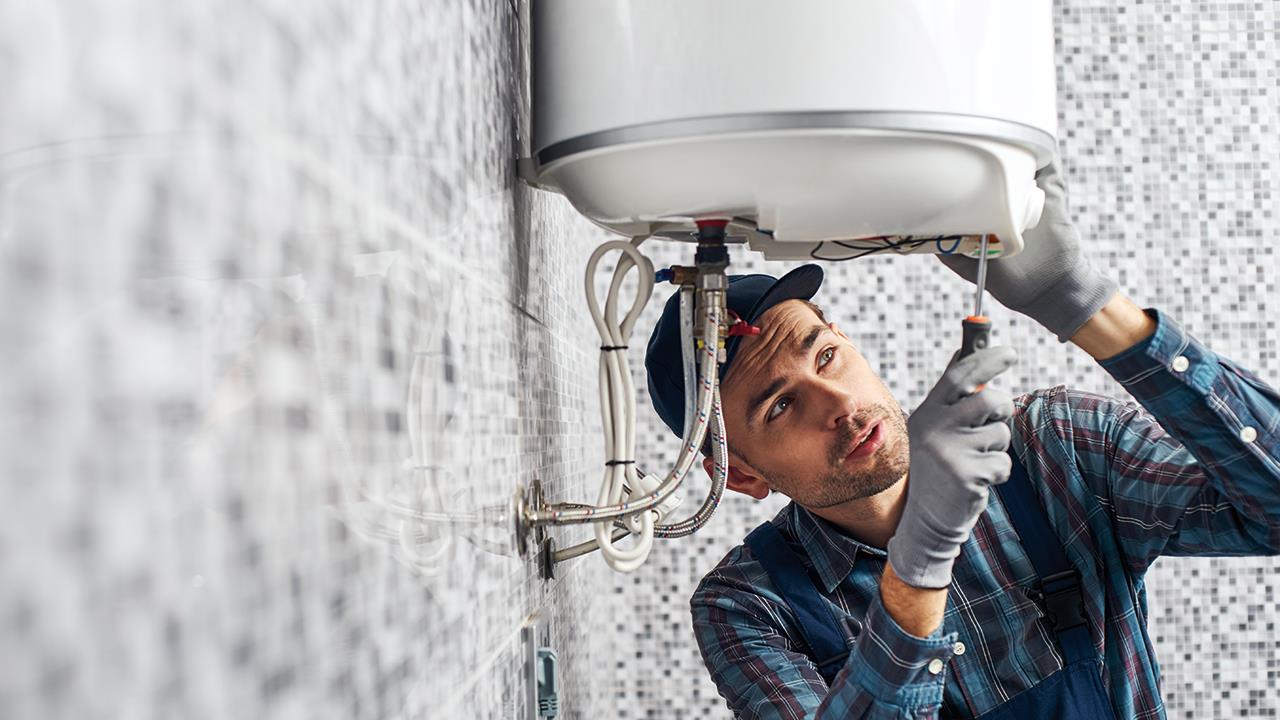

Isaac Occhipinti, Head of External Affairs at the Hot Water Association, clears up some of the confusion around cylinders.
In the UK, many homes rely on a hot water storage cylinder to supply heated water to their properties, but selecting the right cylinder for the right home can be understandably overwhelming.
This is especially the case when consumers may not fully understand or pay attention to how water is heated in their home. They simply want hot water, but it is important for consumer satisfaction and repeat business that engineers supply the cylinder that most suits their customers’ needs.
The first thing to consider is what heating system is currently in the property, along with how strong the mains water pressure is. For example, if the home has an old system that has never been upgraded, the pipes may not be able to handle the high water pressure that comes with an unvented cylinder.
In addition, an unvented cylinder may not be the best option if the water pressure is low – although you could install an extra pump to boost the water flow.
So, the first question is whether to install an open vented or unvented hot water system. When deciding between the two, there are a few points to note.
Open vented cylinders are usually straightforward to install and maintain, making them excellent for replacing like-for-like systems. This makes life easier for the engineer, and the consumers are familiar with the hot water service available to them.
Open vented cylinders can work with multiple fuel types, such as gas or oil boilers, electricity, solar, and heat pumps, and are also suitable for use with uncontrolled inputs like solid fuel.
A standard open vented system relies on gravity to supply hot water to the outlets in the property, and the hot water cylinder has to be located below the cold water storage tank, but above the hot water outlets. This is to generate the required water pressure to flow throughout the house. With an open vented cylinder, if the mains water supply is cut off, consumers will still be able to have access to hot water, as long as some water remains in the cold water feed cistern.
Unvented systems are familiar to many households, but you must consider the space required for this type of system that could otherwise be used for storage.
Unvented cylinders operate using mains water providing a powerful water flow which negates the need for an additional cold water tank. However, a means of accommodating hot water expansion is required.
This can be provided by having a bubble of air trapped in the top of the cylinder, or an expansion vessel. Other devices to control the pressure and provide over-temperature protection can then be supplied by the manufacturer as required.
Unvented cylinders work with existing pipework, making them a simple system to fit. Because water is taken straight from the mains, cylinders can be located anywhere within a property.
The high pressures delivered by utilising the mains water supply makes unvented systems perfect for larger properties and households with more than one bathroom.
Cylinders are also available with an ‘all on top’ design, with heating coil, hot and cold water services, safety valves, and expansion vessels all concealed and contained under a removable lid. The purpose of this design is to minimise the impact of external pipework and connections, as well as optimise usable space.
Unvented cylinders also offer excellent heat retention characteristics and are suitable for use with gas or oil boilers, electricity, solar, heat pumps, or a mixture of these.
Additionally, we have the thermal store, which differs from a conventional hot water cylinder as the stored water is not fed to the taps directly. Instead, cold water is heated up by passing through a heat exchanger that transfers heat from the thermal store water to the domestic water.
Purpose-built thermal stores are also designed and sized to take inputs from a number of different heat sources. Thermal stores can provide space heating and mains pressure hot water, or can be used for hot water only.
Finally, we have the point of use water heater – a small electric water heater that delivers localised hot water, usually near a sink or basin. With minimal installation costs, they offer an exceptionally cost-effective solution for providing smaller amounts of hot water when compared to a full central system. They are particularly useful for small apartments with electric showers, and installations with long pipe runs to basins and sinks.
If you'd like to keep up-to-date with the latest developments in the heating and plumbing industry, why not subscribe to our weekly newsletters? Just click the button below and you can ensure all the latest industry news and new product information lands in your inbox every week.